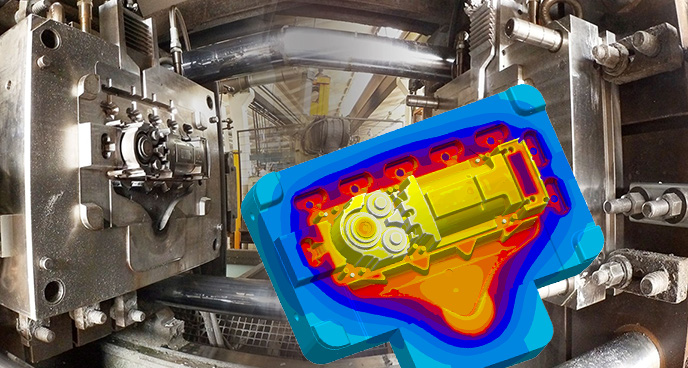Smart manufacturing
The VOLPE project aims to engineer and industrialize an innovative optoelectronic instrument to detect explosive compounds in volatile form that can be integrated with commercial systems for screening hand luggage, and capable of operating independently. The final product will increase the number and effectiveness of security controls in critical infrastructures, such as embassies, museums, shopping centers, post offices, etc.
The final instrument comprises: an air sampling system which causes particles to detach from the surfaces to be analyzed and then conveys them to the detection area; a sensor equipped with different sensing areas consisting of innovative materials that change their respective optical properties when the target substances are present; an electronic control system for powering up the various subsystems and positioning the different mobile components; and software that acquires and analyzes the data collected by the sensors in the detection area.
The pre-commercial prototype that has already been developed is currently being optimized and engineered in order to:
The proposed system is based on photonic physical phenomena and advanced materials. The heart of the detection system is the optoelectronic sensor, appropriately modified using innovative materials that alter their optical properties when in contact with the target molecules, thereby effectively both trapping the molecules and signaling their presence.
The system proposed by this project also aims to improve the energy footprint of the existing pre-commercial prototype by optimizing the performance of individual subsystems, implementing an energy-saving function in the absence of luggage to be analyzed, and integrating innovative methods at the system level to transfer energy between the instrument and the surface to be analyzed.
EnginSoft is in charge of simulating the operation of the air intake system and of developing the interface and data management software.
The company’s engineers, specialized in both fixed element method (FEM) and computational fluid dynamics (CFD) design and simulation, are developing the mathematical models to manage the system's "air packages", while its technical staff will be working on the experimental testing phases.
EXA Srl | EnginSoft Spa | Buson Srl
Funding Scheme Regione del Veneto - POR FESR 2014-2020 | Call identifier DGR n. 711 del 28 maggio 2019
“Progetto finanziato con il POR FESR 2014-2020 Regione del Veneto” - ASSE 1 “RICERCA, SVILUPPO TECNOLOGICO E INNOVAZIONE” AZIONE 1.1.4 “Sostegno alle attività collaborative di R&S per lo sviluppo di nuove tecnologie sostenibili, di nuovi prodotti e servizi”
Importo finanziamento: € 267.468,70 / Grant amount: € 267.468,70

by Elisabetta Pasqualotto, Matteo Scaramuzza | EXA
Diana Magnabosco | EnginSoft
Futurities - Spring 2022
The VOLPE project developed a solution to the growing demand for innovative security systems for early prevention and response. The aim of the project was to design, develop, and optimize a completely contactless explosive trace detector to continuously monitor dangerous and hazardous volatile compounds in the air to safeguard both citizens and critical infrastructure.
Read the article
Some of our competences in research and technology transfer

Research project
The ForZDM project developed and demonstrated tools to support the rapid implementation of Zero-Defect Manufacturing solutions in industry, and to design more competitive and robust multi-stage manufacturing systems.

Research project
The PreMANI project aims to demonstrate the applicability of these techniques across disparate application domains, characterized by very different needs, by leveraging methodological aspects of a general nature.

Research project
The AGILE project arises from the discussions within the Veneto system of companies and research organizations, and from a post-emergency perspective, identifies as its strategic approach the capacity for an "agile" reconversion of production systems through the application of advanced solutions for product innovation. It forms part of the "Smart Manufacturing" specialization strategy.